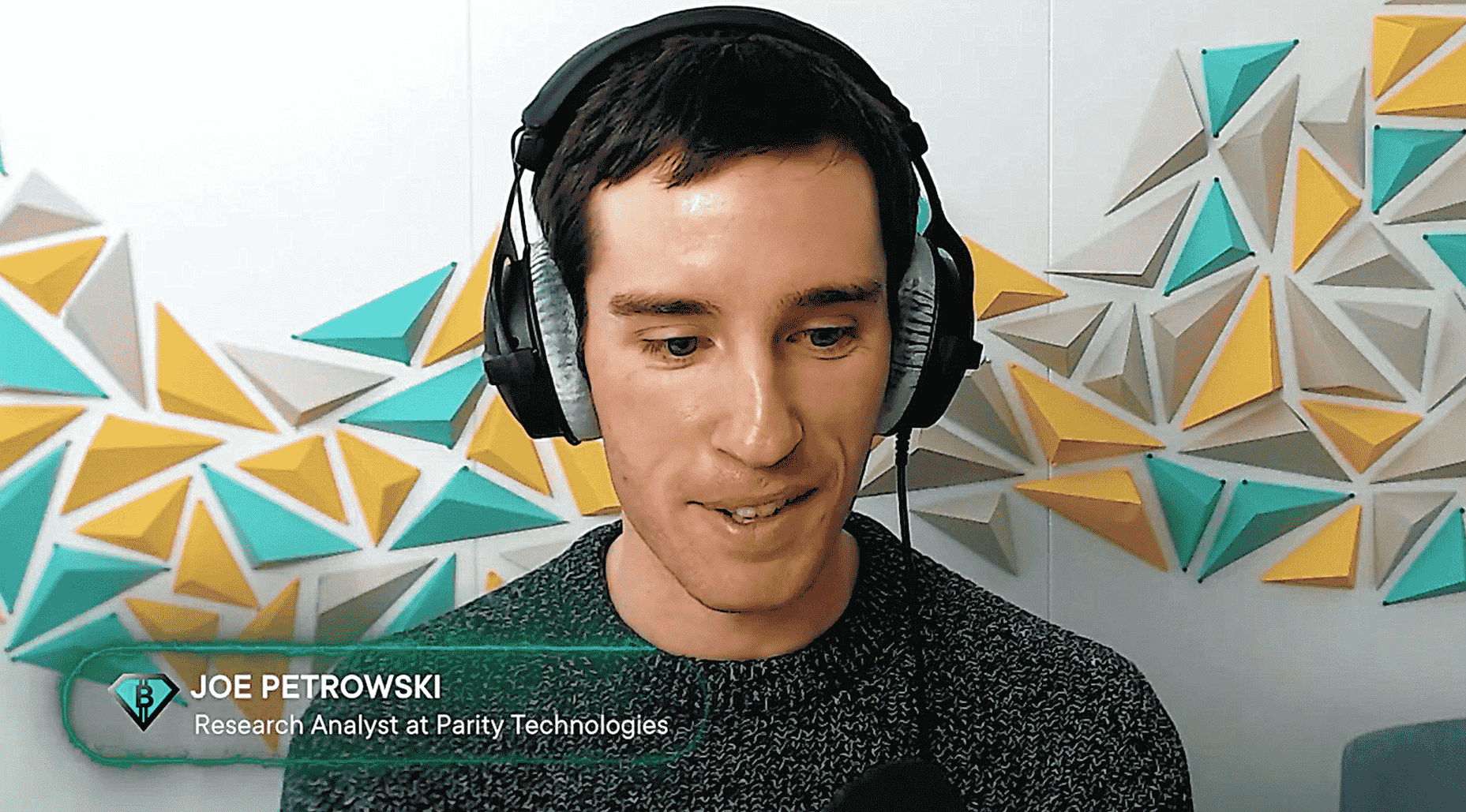 Inside a Polkadot developer’s mind on Kusama, Parachains, and decentralized governance
Inside a Polkadot developer’s mind on Kusama, Parachains, and decentralized governance Inside a Polkadot developer’s mind on Kusama, Parachains, and decentralized governance
Polkadot emerged as one of the biggest “Ethereum killers” this year, with its high throughput, low-fee network, and the demand for such features booming as the DeFi sector surged in 2020. It is maintained by five individual teams. For the uninitiated, Polkadot achieves this using its Parachain network, dividing its blockchain networks into many sub-pieces […]
Polkadot emerged as one of the biggest “Ethereum killers” this year, with its high throughput, low-fee network, and the demand for such features booming as the DeFi sector surged in 2020. It is maintained by five individual teams.
For the uninitiated, Polkadot achieves this using its Parachain network, dividing its blockchain networks into many sub-pieces so that verifying transactions can become more efficient. This ensures that a designated community or validator verifies data on every shard, instead of an entire network going through and getting updated with every new information.
Today, Joe Petrowski, a Polkadot and Parity Technologies engineer sat down with crypto edutainment platform Cryptonites to discuss the network, its technological advances, the burgeoning DeFi market, and other nuances with host Alex Fazel, leading to an insightful conversation that covered various aspects for Polkadot newbies.

Here’s everything they said.
How cross-chain bridges have poor trust models
Petrowski, who first wrote trading bots to profit off the alluring crypto markets before joining Parity in 2018, said the issue of trust models in cross-chain bridges and the absence of solid cross-chain blockchain mechanisms were among the first issues he worked on.
He pointed out popular bridges largely depend on trust-based models where blockchains interact with each other, but that network security forms a huge concern in such systems. Polkadot cuts this out, he said.
“One of the key things with Polkadot is that we kind of link all of these things together, so that they can share some common context and actually have this security where everybody has an equal level of security.”
Kingdom Kusama
Petrowski also shared that the decentralized governance features, which incentivize participation on the network, made Polkadot a more-balanced project.
“Anybody who has a stake in the system can participate either as a counselor or a voter voting for counselors voting on referenda, making proposals themselves. It’s a completely open and permissionless system,” he said.
Next for Polkadot is on-chain incubation is another theme of the Polkadot ecosystem. Enter Kusama, the Substrate-based network that uses an industry-leading multi-chain infrastructure and is an experimental development environment for teams who want to move fast and innovate on Kusama, or prepare for deployment on Polkadot.
Decentralize it all
Petrowski said among Kusama’s various advancements is the concept of an on-chain treasury which holds DOT tokens (becoming the first such blockchain network to hold a cross-chain asset).
“[It’s] like our mental model of blockchains as a network being a sovereign agent, like a government has its own funds and treasury, and it can buy assets. And now we’re talking about a blockchain itself, actually having assets that belong to other blockchains,” he explained.
It’s also where the concept of a decentralized society comes in, where developers code and maintain their individual projects, seek funding from either Polkadot or Kusama and rollout their infrastructure to millions of users without having to go through the hoops of real-world nuances.
(The above is part of an expansive interview that has been heavily edited for clarity and brevity. The entire video is available for streaming right below!)



 CoinGlass
CoinGlass 


 Farside Investors
Farside Investors 














































































